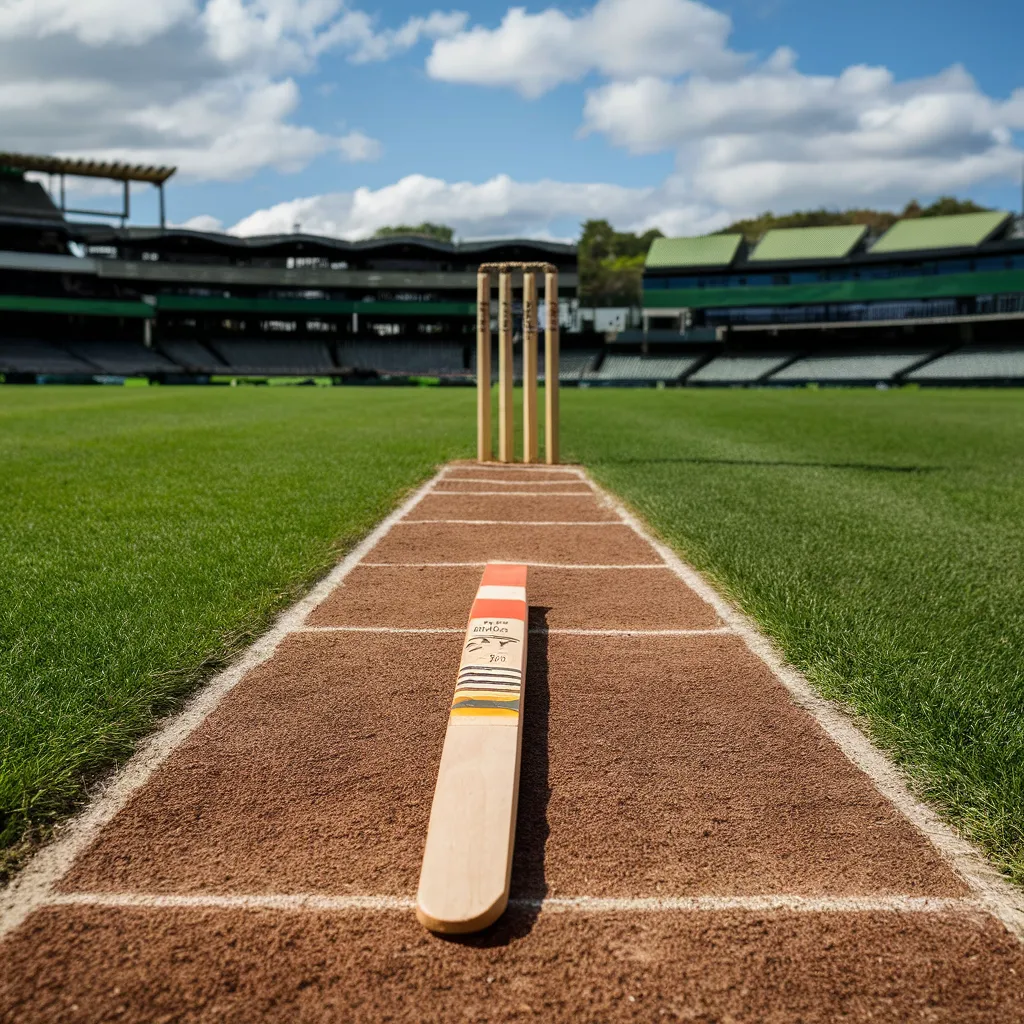50+ Stunning Cricket Pitch Photos
The cricket pitch, a carefully prepared 22-yard strip, has a major impact on how a match turns out and affects the ball’s behaviour. There are three main kinds of pitches: sandy, dry, and green. Each presents different difficulties and benefits to players. The preparation process involves careful attention to soil composition, rolling and compacting, grass maintenance, and moisture control. Groundsmen, equipped with expertise and advanced technology like soil testing, moisture sensors, and automated rollers, work diligently to create a balanced surface that ensures a fair contest between bat and ball. Weather conditions further impact the pitch, with sunny and dry conditions favoring spin, overcast and humid conditions aiding swing bowlers, and damp conditions affecting bounce and speed. The groundsman’s role is crucial, beginning weeks before the match and continuing through its duration, ensuring the pitch remains in optimal condition. Understanding these elements highlights the blend of science and skill involved in cricket pitch preparation, emphasizing its significance in the sport. For more insights on boosting website traffic,
Best pitch of cricket Photos



















































